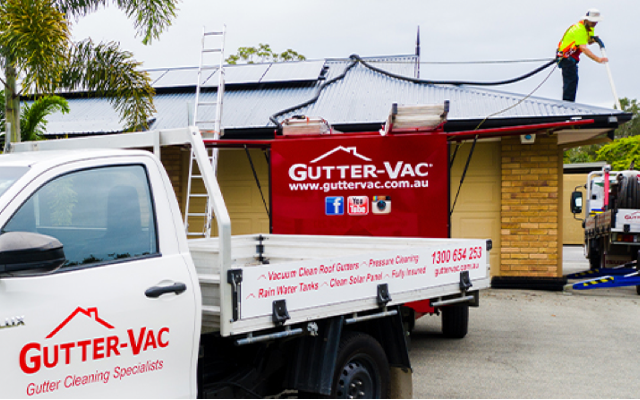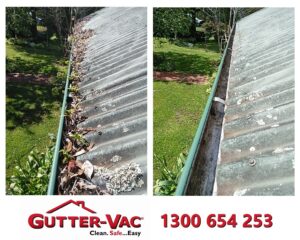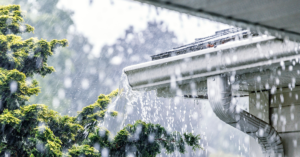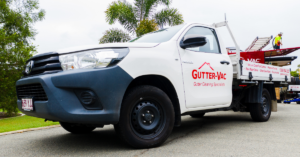It is no secret mould thrives in damp environments, and Queensland has been experiencing a high level of rainfall in the last couple of months. However, did you know hidden mould may be posing a potential health threat to you and your family?
There are a number of ways this unsightly, unwanted visitor can creep its way into your home, and it all starts with damp, ill-ventilated areas.
If your house has insufficient roof drainage, it is quite common to find a coating of mould on roof tiles. This can then weaken the structure, and may make your roof more vulnerable to leaks.
Also, left untreated, mould on the roof has the potential to spread to other areas in your home. Mould spores produced outside can easily transpire into the home through the air.
Walls and ceilings are prone to mould growth due to poor insulation or rainwater leaking through the roof.
Mould in your home has associated health problems such as asthma, even if you do not have a pre-existing allergy. Pregnant women, children, and those with pre-existing allergies, respiratory conditions, or immune disorders are most susceptible.
The Australian Allergy Centre recommends cleaning your gutters on a regular basis to minimise mould risk. They highlight the importance of keeping your house structures dry by ensuring adequate roof drainage.
Symptoms of mould allergy include:
- Sneezing, coughing
- Eye irritation
- Itchy eyes, nose and throat
- In some cases, fatigue
- Asthma
- Eczema
- Dry skin
You can identify mould by tell tale splotches, spots, streaks, or ‘fuzz’. It can be a variety of colours such as grey, black, brown, green or white. It is also often accompanied by a musty odour.
It should be removed as soon as it is noticed to prevent further structural damage and minimise potential health risks.
It is recommended to get your roof inspected and gutters cleaned at least once a year to stop the problem before it starts. Mould feeds on organic matter such as decaying leaves, and dust. Damp matter lying around in the gutter is a smorgasbord for mould.
Other ways to prevent interior mould include making sure damp areas such as the kitchen and bathroom are well ventilated by opening windows regularly and maintaining general cleanliness. Repair leaking plumbing as soon as the problem presents. Also, make use of exhaust fans if applicable. A natural vinegar solution works quite well to clean areas inside. Pop some vinegar in a spray bottle and spray onto mouldy areas. Wipe off with warm water after an hour. Exercise caution when using commercial bleaching solutions as this may cause tiles to become more porous, which in turn can make them more prone to mould. Also, sometimes bleach just changes the colour of the mould, without eradicating it.
Externally, if the mould problem is covering a large area, or if members of the household are sensitive to mould, it is best to call in the professionals.
Mould overgrowth on your driveway or other concreted areas can be a serious slip hazard. However, this is easily resolved through pressure cleaning, which is a service we also offer.
Get in touch if you would also like to learn more about EnviroClean, which is a safe and environmentally friendly strategy for exterior surfaces. It is fantastic for roofs, paths, driveways and walls. Best of all, it reactivates every time it rains so you can keep mould off your mind.










